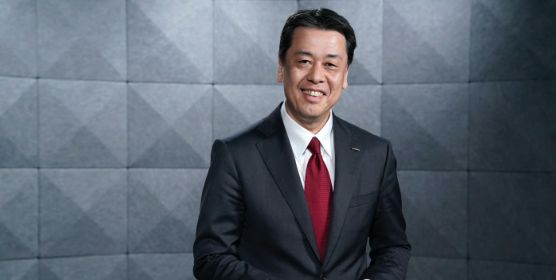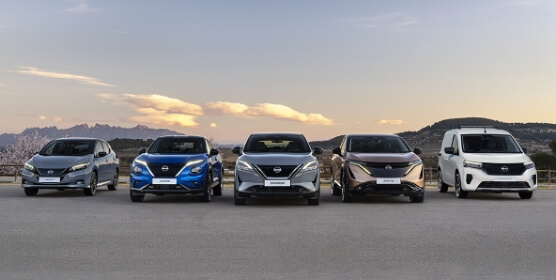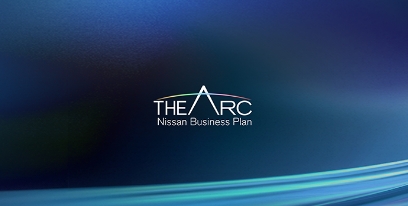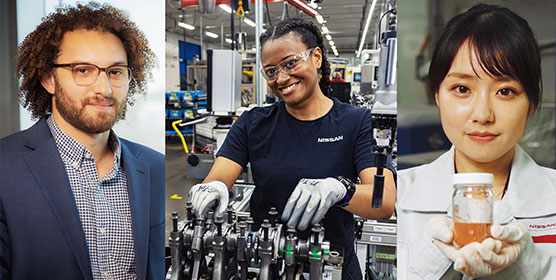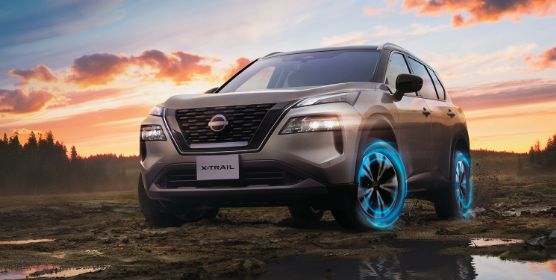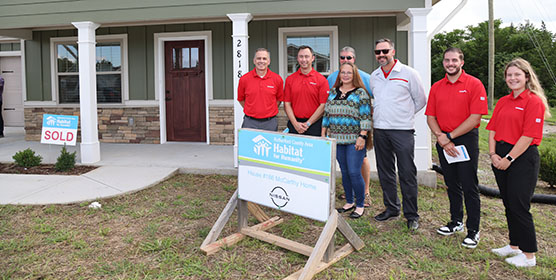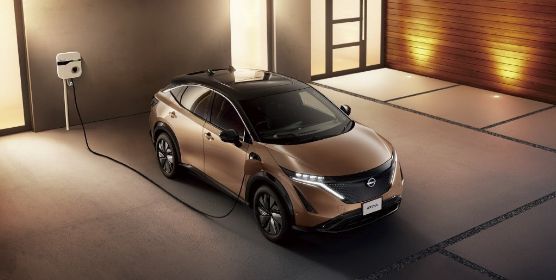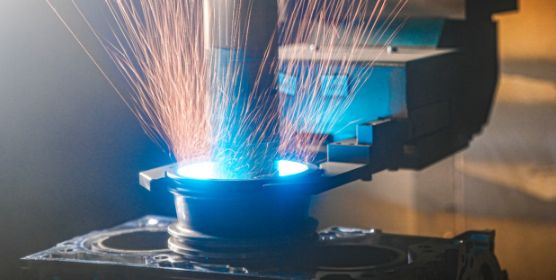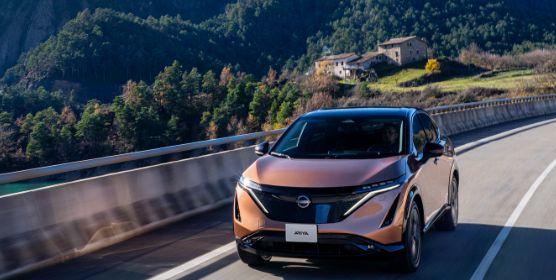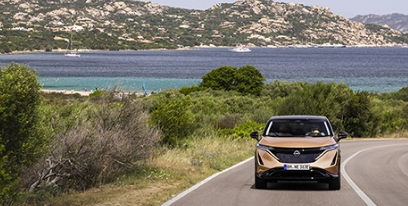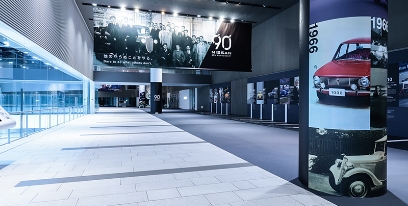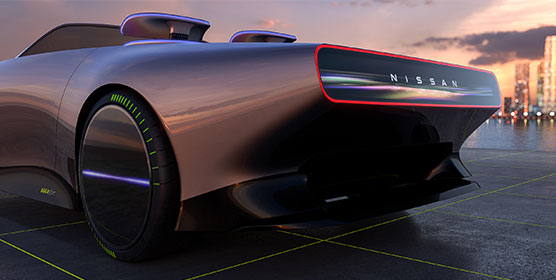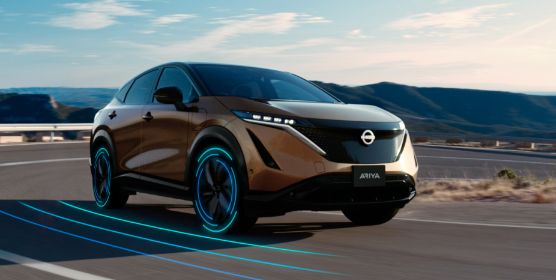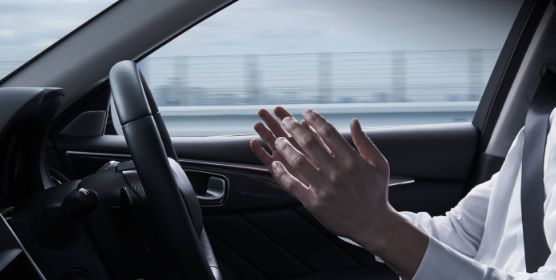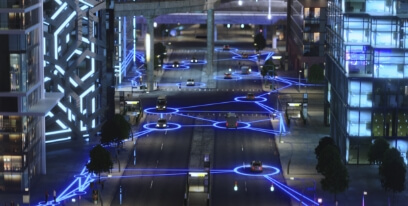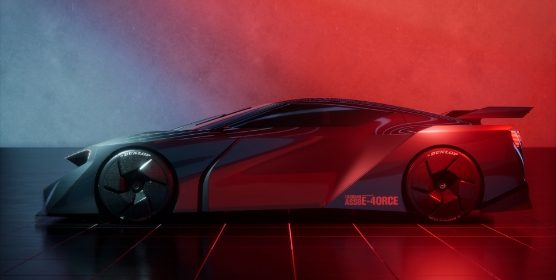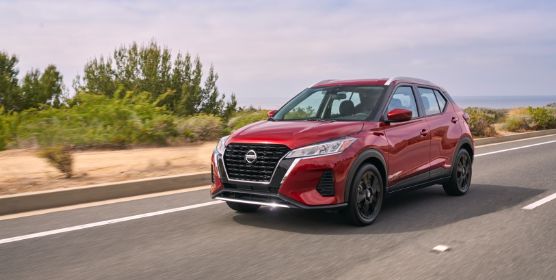You Have Control, Over

Nissan's Brake Override System, and their belief that people should always come first.
Safety is paramount. Nobody would argue with that. But a car isn't just some piece of machinery that carries things about. It must also be fun to drive, and enjoyable to ride in.
This is a story about how that passion for making cars both safe and exciting, and a chance discovery over breakfast, led to a breakthrough in Nissan's brake technology.
One morning, Yuichi Murakami, who is currently an Expert Leader in the Total Customer Satisfaction Function team, was sipping his tea as he read the newspaper, when his eye fell on a small article.
It told of the investigation into an aviation incident that had happened several years before, and as Murakami read the article, his heart started beating fast.
The investigation, he read, concluded that the trouble had occurred because the plane had been flying on auto-pilot. Although the pilot had attempted to pull the nose of the plane up out of trouble, the automated mechanism had overridden him.
In other words, thought Murakami, if only the system had given precedence to the pilot not the machine, is it possible that he might have been able to control the plane that day?
It was at that moment that Murakami was convinced that the electronic accelerator system he was currently involved in developing must, in the last instance, be a system that respected human will.

Should both the electronic accelerator pedal and brake pedal be pushed at the same time, engine power is reduced, and the brake is always given precedence.*
That conviction lead to Nissan developing their Brake Override System before any other Japanese car manufacturer. The system ensures that, should both the electronic accelerator pedal and brake pedal be pushed at the same time, engine power is reduced, and the brake is always given precedence.
But who would brake and accelerate at the same time? That doesn't seem like a very common scenario. And it's true that in normal driving it is very unlikely to occur. But that doesn't mean that it's impossible. What if something was to jam against the gas pedal, or for some reason the system was to malfunction and the accelerator stuck...?
To ensure that the car will stop safely whatever the situation, currently every Nissan vehicle with an electronic accelerator (not including OEM) is fitted with the Brake Override System.
But Nissan's system doesn't forget the needs of serious drivers, either. Should the brake and accelerator be applied at the same time, while providing for safety above all else, for a very short instant - enough for a truly experienced driver - the system gives the driver the option to decide.
That consideration of the customer's needs is what Nissan is all about.
As computers take over our machines more and more, human's are inclined to believe that they don't need to do anything for themselves to remain safe... But that kind of thinking puts too much trust in the machine.
The manufacturer has a duty to make the customer understand to what extent the system will do the work, and what must be left down to human judgement. The key focus of Nissan's research in the future is to ensure customers' safety while delivering the very best.
But the belief that humans should have the final say will always be at the core of their work.

Yuichi Murakami's work doesn't stop with Nissan vehicles - his goal is that all cars become safer.


